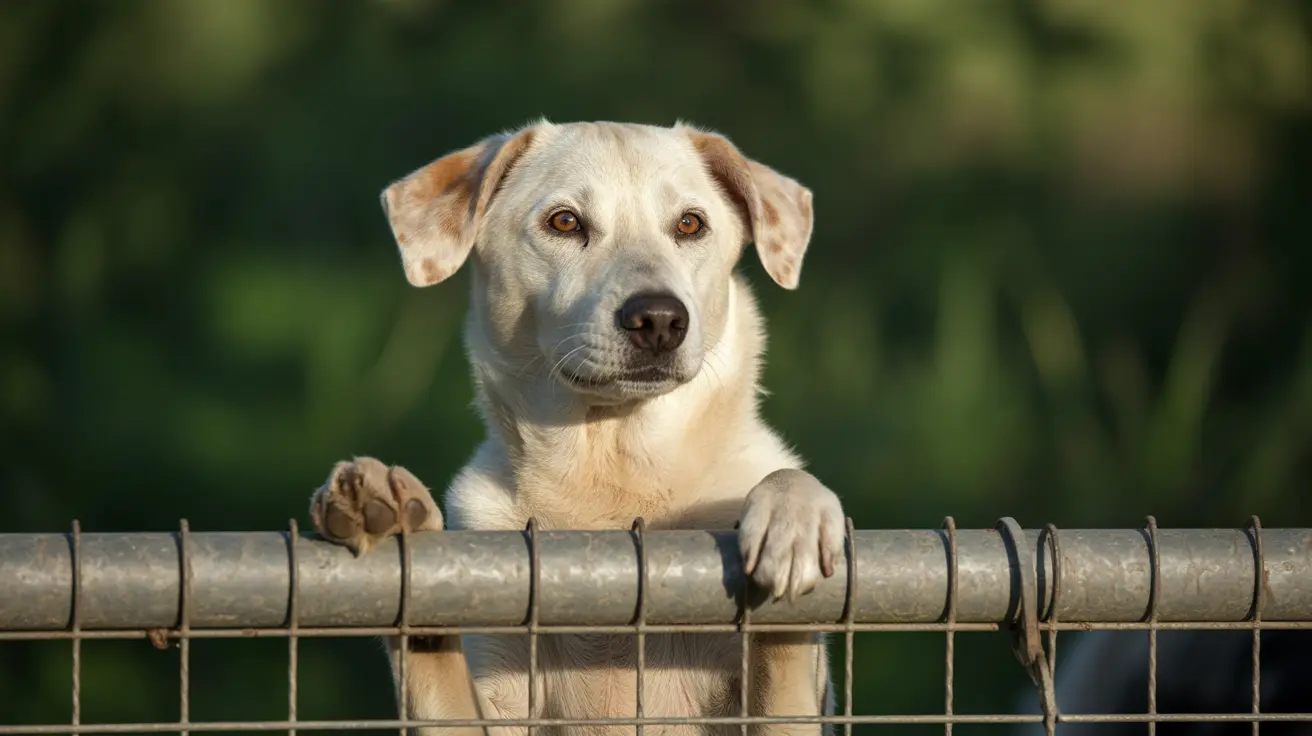The Welsh Springer Spaniel: The Devoted 'Velcro Dog'
The Welsh Springer Spaniel is an endearing and energetic breed known not only for its stunning red and white coat but also for its unwavering devotion to its human companions. Often referred to by the nickname “Velcro dog”, this moniker emphasizes the breed’s affectionate nature and propensity to stick close to their families. In this article, we’ll delve into the reasons behind this nickname, the breed’s history, traits, care needs, and why they make exceptional pets for the right households.
Why Are They Called 'Velcro Dogs'?
Welsh Springer Spaniels earned their charming nickname thanks to their strong bonding tendencies. These dogs thrive on close companionship and prefer being involved in every aspect of home life. Whether you’re watching TV, working from home, or going out for a walk, your Welshie will likely be right beside you. Their affectionate and loyal demeanor makes them ideal for owners who enjoy constant canine company.
Breed Origins and History
Originating in Wales, this breed is a descendant of the old Land Spaniel. Historical references to red and white spaniels can be traced back centuries. The Kennel Club officially recognized the Welsh Springer Spaniel in 1902, followed by the American Kennel Club in 1906. Originally bred as hunting and flushing dogs, they were used to spring game for hunters, proving highly adaptable in different terrains and weather conditions.
Physical Characteristics
- Size: Males typically stand 18–19 inches tall and weigh 40–55 pounds, while females measure 17–18 inches and weigh 35–50 pounds.
- Coat: Medium-length, flat, and always in a red and white pattern, sometimes with red ticking.
- Features: Brown eyes, small pendulous ears with light feathering, and feathering on the chest, legs, ears, tail, and underbelly.
Temperament and Personality
Welsh Springers are cheerful, gentle, and sociable. While they’re affectionate with family members and great with children, they may appear reserved around strangers. Their temperament makes them excellent family dogs, especially in homes that provide plenty of socialization and attention.
- Loyal and affectionate
- Shy with strangers
- Energetic and playful
- Can develop strong separation anxiety
Exercise and Training Needs
These dogs are highly active and enjoy physical and mental stimulation. Without proper exercise, they may develop unwanted behaviors such as barking, digging, or chewing.
- Daily Exercise: At least two hours of activity is recommended.
- Training Style: Responds best to positive reinforcement techniques; harsh methods may lead to stubbornness or anxiety.
Living Requirements
Welsh Springer Spaniels thrive in homes where they are treated as family members. They are not suited to outdoor-only living and may suffer stress when left alone for extended periods.
- Ideal Environment: Indoor companion with a securely fenced yard.
- Warning: May chase small pets or wildlife due to strong prey drive.
Grooming and Health
The breed has moderate grooming needs. Weekly brushing, monthly baths, and regular nail trimming are essential. Their floppy ears require regular cleaning to avoid infections.
- Coat Care: Moderate shedding; not hypoallergenic.
- Common Health Issues: Hip and elbow dysplasia, autoimmune thyroiditis, eye conditions, and a predisposition to ear infections.
- Lifespan: Typically 12 to 15 years, with proper care possibly longer.
A Versatile and Loving Companion
Though not as common as their English counterparts, Welsh Springers excel in various roles beyond companionship, including dog sports like agility, obedience, and rally. Their loyalty and drive make them ideal for active families willing to invest time in their social and physical wellbeing.
Conclusion
If you're in search of a dog that will be your constant shadow and trusted companion, the Welsh Springer Spaniel—the true "Velcro dog"—may be your ideal match. With their joyful presence, keen intelligence, and loving temperament, these dogs are a treasured breed well worth knowing.





